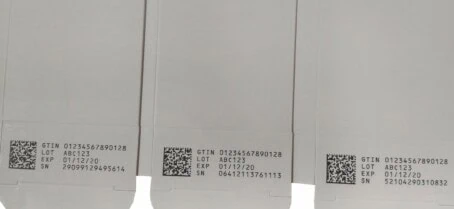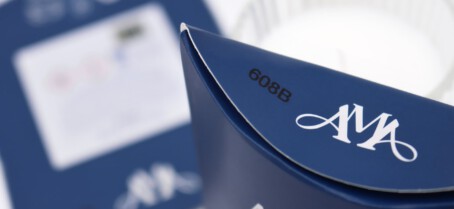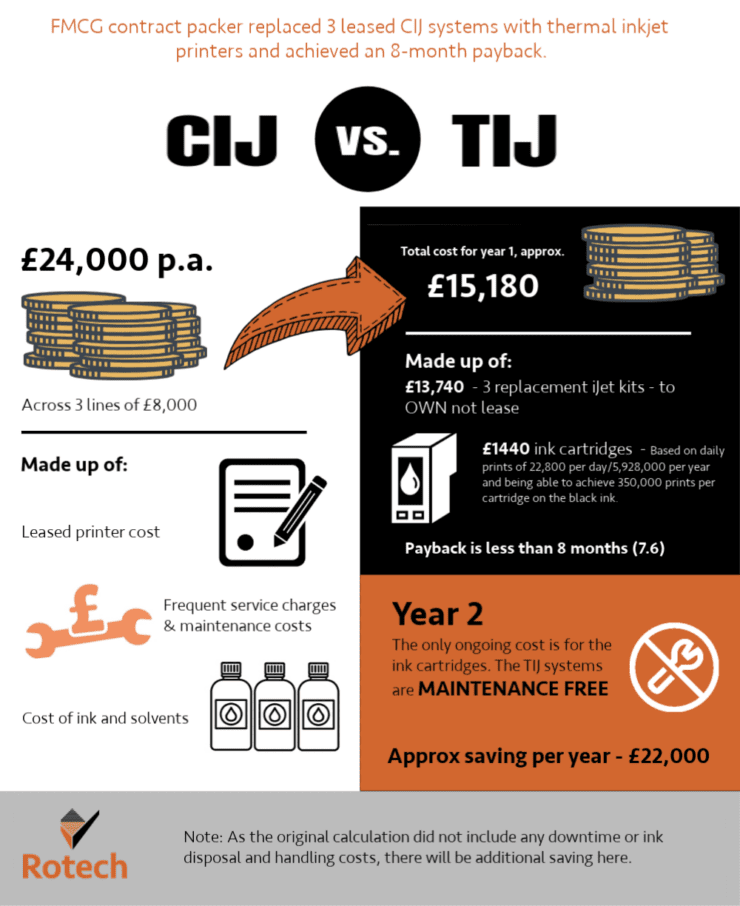Ribbon cost
To calculate the cost of ribbon, you need to take the cost per roll and divide this by the number of prints per roll. You can work out how many prints you get from a roll from the length of the roll.
Let’s assume the roll length is 450m and that you are printing at a format size of 12mm (adding a gap of 1mm minimum to the format size to account for the gap per index). You can then calculate your number of prints per roll by dividing the roll length by the format size.
In this case:
- 450,000 divided by 12mm = 37,500 prints per roll.
- Taking your cost per roll as £10, you then divide £10 by 37,500
- This gives you a consumable or ribbon cost per 1000 prints of £0.26
Printhead costs
Next, let’s add the cost of the printhead into the equation. The average distance that a printhead will cover/print over its lifetime is 30km (30,000m). Still working on the basis of a 450m roll, for every 66 rolls printed, you will need to replace the printhead (30,000 divided by 450).
This means that after every 66 rolls used, you will need to buy a new printhead (average cost £450). This adds an additional £6.81 onto your £10 cost per roll. Taking your revised cost per roll as £16.81, you then divide £16.81 by 37,500. This gives you a cost per 1000 prints of £0.44.
Servicing costs
Due to moving parts and general wear parts that need to be checked and replaced regularly, TT printers need servicing. This cost needs to be taken into account and can be calculated in much the same way as the printhead and ribbon costs. Let’s assume a printer needs two services annually at a cost of £750 each, so £1500 in total.
You need to work out the number of prints per year (calculate from the number of rolls or printheads used per year). Say your machine codes 500 packs per day, five days a week, 52 weeks a year, this comes out at 130,000 prints per year.
You need to divide 1500 by 130,000, to give you an additional £0.01 cost per print. This gives you an additional cost per 1000 prints of £0.11. Therefore, your revised cost per 1000 prints, taking into account servicing, is £0.55.
Disposal costs
Lastly, there are disposal costs for used thermal ribbon and cores. These costs can be calculated in the same way as above and added to the cost per 1000 prints.




 Cartridge costs
Cartridge costs